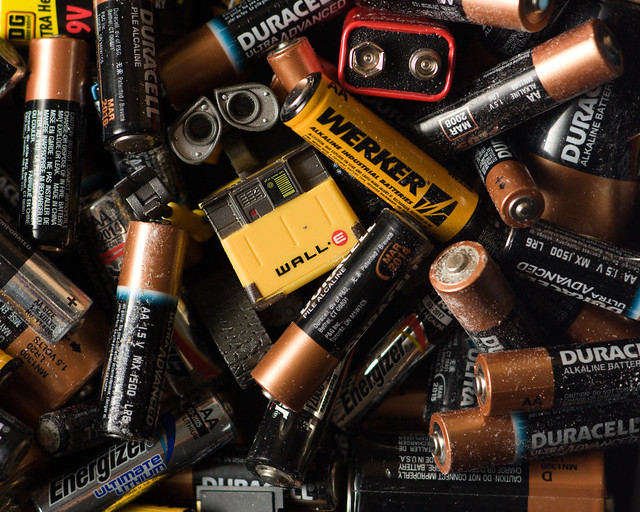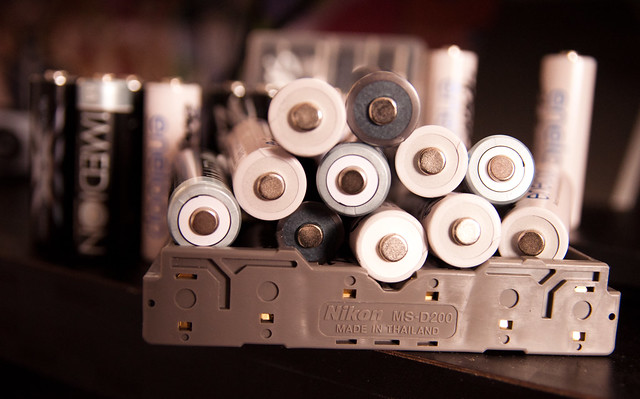Build Your Own LiPo Battery Pack Method
Dec 11, 2019 Pageview:1619
If you want to build your own LiPo battery back, then you have come to the right place. The lipo battery pack method has become so popular because the cells are cheaper compared to others. Besides that, you can also recycle old cells, and also unique form factor is needed.
Building a lithium Polymer pack is quite easy as long as you know what you are doing. You have to connect all the batteries in series but with a separate balancer port.
Can you build your own LiPo battery pack?
Yes, you can build your own LiPo battery pack using old or new cells. You need to have the right tools to do so. Furthermore, you can even use old cells from devices such as laptops, drones, and cameras. However, you should note that lipo cells are very dangerous, especially when shortened. Also, overheating, bending, or them might release poisonous particles or even cause a fire.
Always be careful as you carry yourself around the lipo cells at all the time. You are going to need the following tools to build your lipo pack.
1.LiPo Cells (You can also use LiFePo). You can either buy the cells or recover them from old devices such as MacBooks. Besides, you can use as little as one cell, but that doesn't need much set up. Using more cells gets you more capacitance.
2.Main Power connector- If you are setting a high power usage pack, then it is important to use maximum rated power connecters. Otherwise, you can use normal connectors like the XT-60 or flying a copter. Besides, you will also need a balancer cable, make sure it’s compatible with your charger.
3.Silicon wire to use with the main power cable- Choose a suitable wire thickness depending on your maximum power draw. Silicon wires are the best because they are safe, very flexible, and they do not overheat. Please do not use low-quality wires such as speaker cables because they might start a fire. Also, make sure to have a tape that to isolate stuff
4.Shrinkwrap- You will need both a small and a big one. Furthermore, you need to make sure that the shrink wrap can fit over your main power cable. Besides, you need to make sure that you have another piece that fits the entire pack. It helps in adding a bit of protection and keeping your cells together.
How do you make your own LiPo battery pack?
Making your own LiPo battery is easy, provided you have the tools mentioned earlier. After confirming that you have all the tools now, you can then you can follow the following simple steps.
Step 1; check your cells- If you bought them from the store, you could skip this step. However, if you salvaged yours from old equipment, then you need to confirm if they are still working. Furthermore, you also need to trace the plus and the minus.
A multi-meter will help you measure all that. If your old cells are way below minimum charge, then you have to charge them using an external source. However, note that you will not be guaranteed to get the original capacity back, and it's also dangerous.
Step 2; Design- Next, you to decide about the design of your pack to cut cables. All your connections need to be between minus to plus serials. Also, the main serial power needs to be connected from the endpoints and the balancer port to every bridge. Next is deciding where your cables and connections can exit. Lastly, make sure your cables are ready for soldering.
Step3; Main power connector setup- You need to solder all the power cables to the connector while checking for correct polarity. If you have thicker wires, make sure that you have something to hold the connectors. Also, it's important to check whether the wires have soldered well at this step.
Step 5; Add bridges, power connector, and the balancer port- Carefully integrate bridges to your pack one after the other. Isolate them using tapes to avoid accidents. Next, you can add the main power connector. Now you can connect it to the balancer carefully so as not to lose bridges. Lastly, you can close up your battery pack, label it, and also shrink wrap to your satisfactory.
How do LiPo battery pack work?
Lithium Polymer batteries popularly referred to as LiPo is now gaining massive popularity. Now everyone that needs high and long-run power wants to use lithium Polymer. But do they understand how it works? Very few people do. As long as you follow instructions and treat them well, they will serve you for a long time.
The main benefits for lipo batteries are; Light, higher capacity, and discharge rates. Since nothing is perfect, they have some drawbacks as well. For example, they have a much shorter lifespan and also need a lot of care and attention. Many, lipo batteries contain a plastic pouch known as a pouch cell. They are very efficient for building multi-celled packs.
Pouch cells hold all the cells firmly without leaving any airspaces like in the round packed battery cells. Besides, the pouch cell is lighter compared to metal cans hence making them the most preferred for aircraft applications. By contrast, lithium-ion cells are heavier by 20% more than regular lipo pouch cells.
LiPo pouch cells allow more gassing and thermal expansion due to its flexible pouch casing. Furthermore, inside when you open the cell, you will find a polymer, which is a thin plastic microporous film. It is located within the copper anode, cathode electrodes, and lithium coat aluminum. However, they are all laminated, alternating each other from the back and the front side of the polymer separator film.
The long film, which sometimes can be over seven feet long, is folded in an alternating cathode/anode stacking. Also, a thin continuous layer of polymer separator is inserted to separate them. If you lipo cell leaks at any given time, please do not use it. The pouch is pressed under some pressure before the final heating and sealing. That helps to remove the air that is remaining inside before its ready to be used.
- Prev Article: Build Lithium-Ion Battery Pack Tips
- Next Article: Lithium-ion Battery Anode and Cathode Explanation
Leave Message
Hottest Categories
-
Hottest Industry News
-
Latest Industry News












